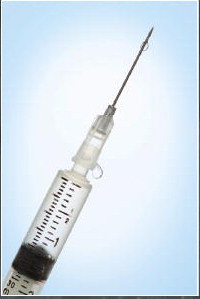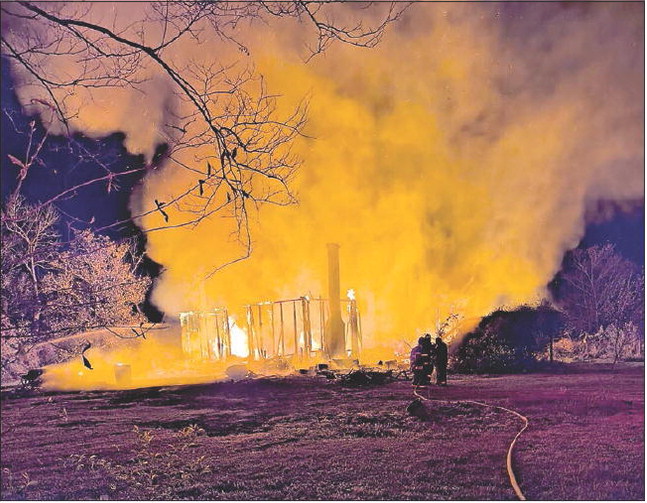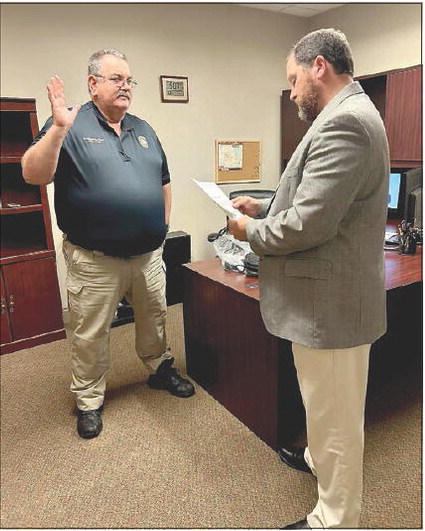Teachable Moment


the
Where did the term
vaccine
come from?
The Miriam-Webster Dictionary definition of vaccine is “a preparation that is administered (as by injection) to stimulate the body’s immune response against a specific infectious disease.” The word vaccine comes from the name for the cowpox virus, vaccinia from the Latin, vacca meaning “cow.”
In the history of any vaccine, the work of British general practitioner Dr. Edward Jenner Jenner (1749 – 1823) from Gloucestershire, England, is most important. In the late 1700s, Dr. Jenner was making his medical rounds when he noticed that milkmaids who were infected with cowpox (harmless blisters on their hands and arms from milking infected cows) were immune to the smallpox, epidemics which caused extensive scarring in humans, especially on the face, arms, and legs, and often death.
In 1796, Dr. Jenner took pus from the cowpox lesions on a milkmaid’s hands and introduced that fluid into a cut he made in the arm of an 8-year-old boy named James Phipps. It was the first “vaccinia” made from the cowpox virus. Six weeks later, Dr. Jenner exposed the boy to smallpox, but Phipps didn’t get the disease. Phipps later married, had two children, and attended Dr. Jenner’s funeral in 1823. Dr. Jenner’s vaccination procedure soon became the best means of preventing smallpox around the world. The word vaccine has since been used for other antitoxins, not associated with cowpox, that activate the body’s own immune system to fight against invading infections. Smallpox was the first disease to be eradicated globally through widespread vaccination. Polio, measles, tetanus, and other deadly diseases have been practically wiped out in much of the world by widespread vaccination.







